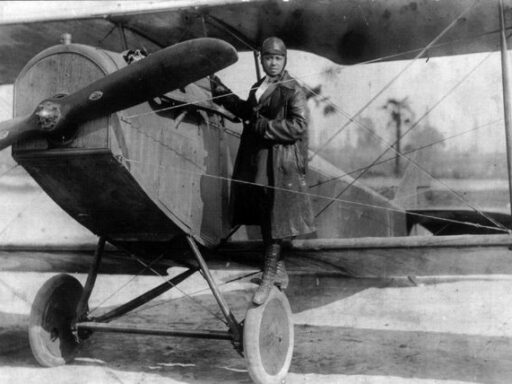
Interpretation Developer Emma Ellis explores the life of trailblazer Bessie Coleman, the first African American woman to receive a pilot’s licence.

Interpretation Developer Emma Ellis explores the life of trailblazer Bessie Coleman, the first African American woman to receive a pilot’s licence.
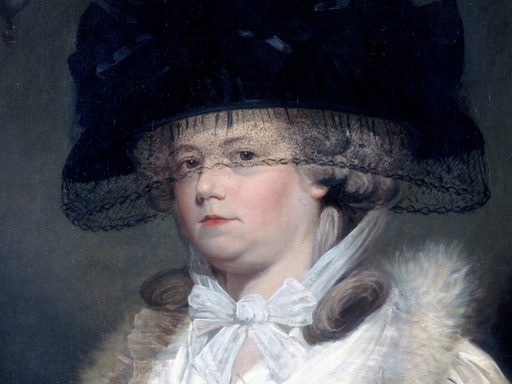
Join Assistant Curator Matthew Howles on a hot air balloon adventure with Mrs Sage, the first English female aeronaut.
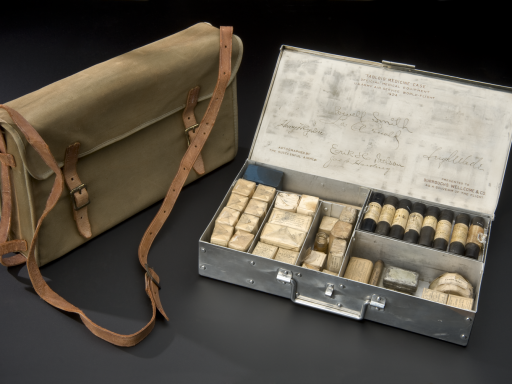
Inventory Assistant Stephanie Gray uncovers a story of aerial adventure in 1924 and the role played by a first aid kit now cared for by the Science Museum Group.
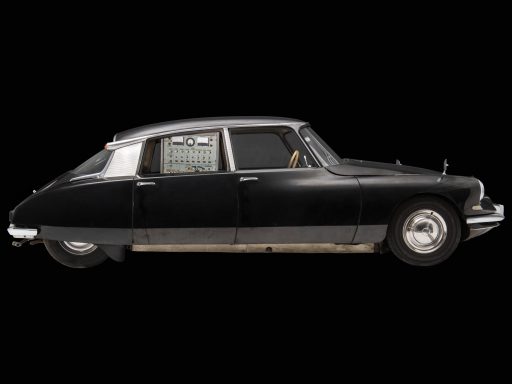
Follow this transport trail and go on a journey of exploration and discovery around the Science Museum.
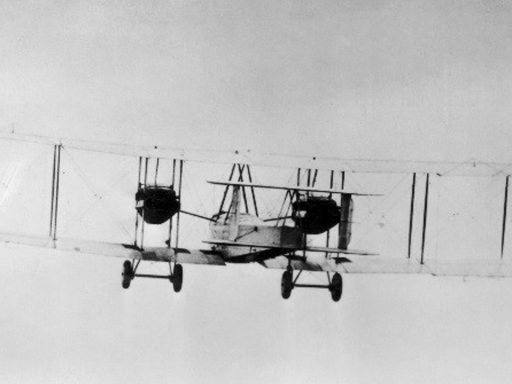
The first non-stop transatlantic flight took place in June 1919. We explore what happened next…
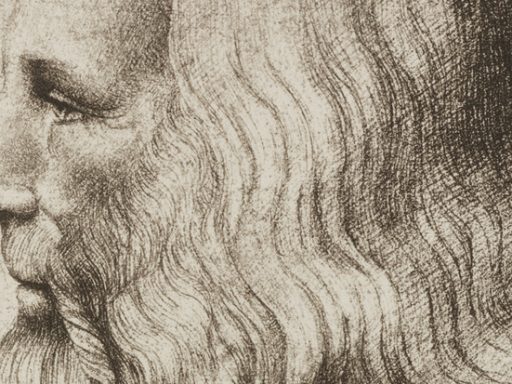
500 years after his death, we reflect on the life and ideas of Leonardo da Vinci.
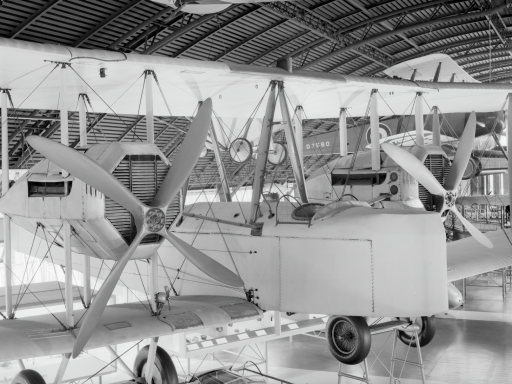
Researchers at the Massachusetts Institute of Technology have achieved the first ever flight of a heavier-than-air aircraft which has no moving parts.
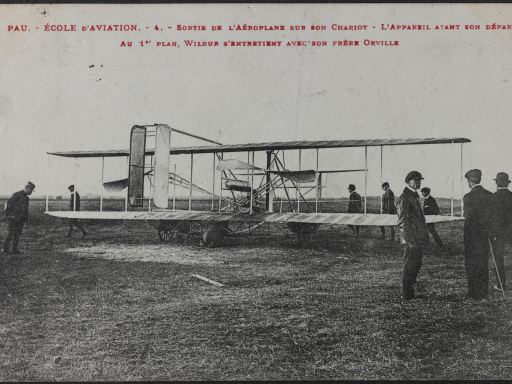
On this day in 1903, Wilbur and Orville Wright piloted the first ever recorded flight. But how did we get from mere dreams of flight to jumbo jets?
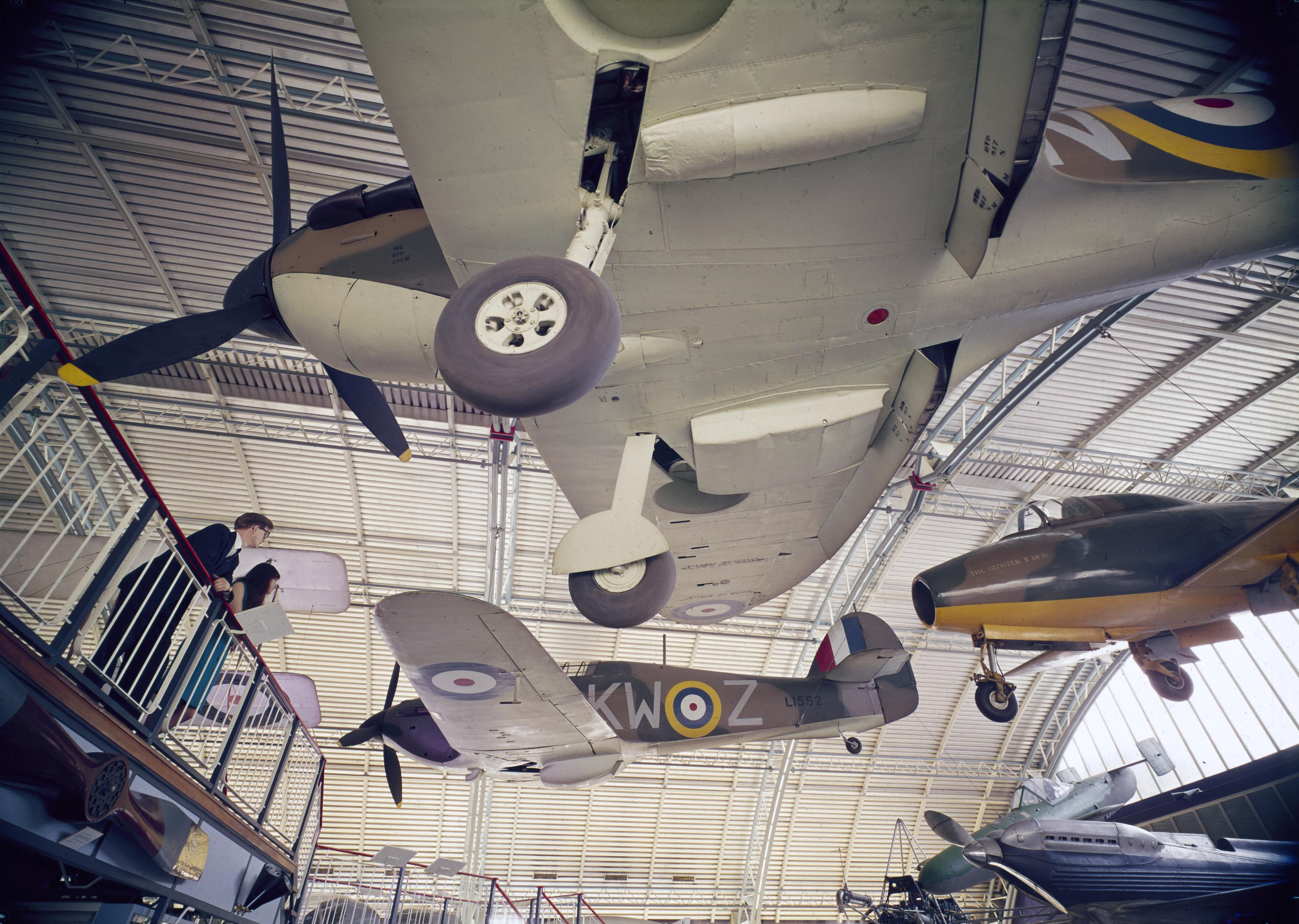
You can now watch Christopher Nolan’s latest block-buster ‘Dunkirk’ at the Science Museum IMAX Theatre. After the film you can explore the stories behind the innovative aircraft that saved countless lives and turned the tide of the war in our Flight Gallery.
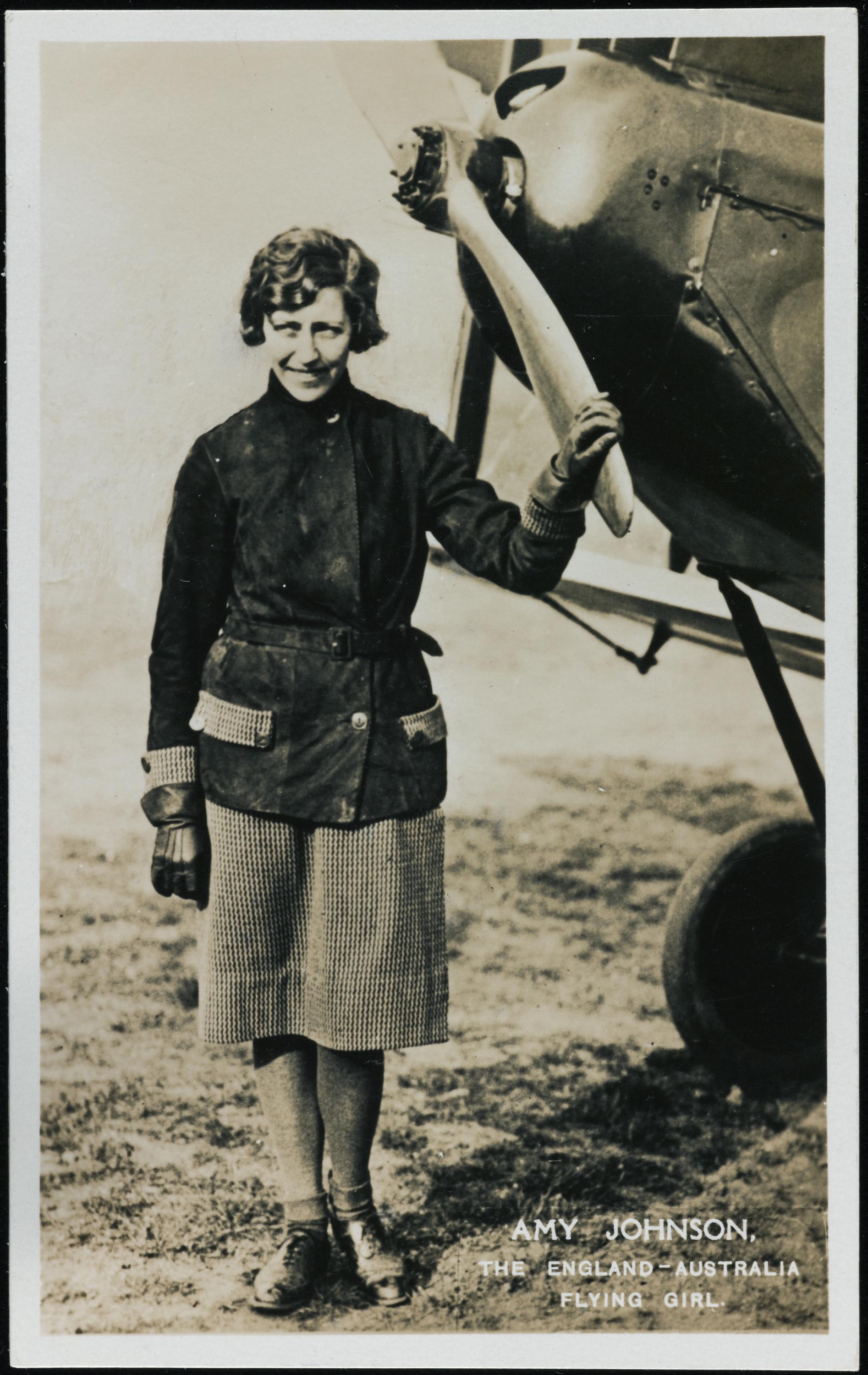
Explore the life of British aviation pioneer Amy Johnson.
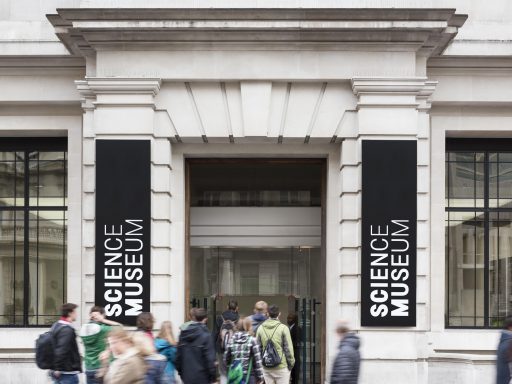
On this Day in 1909 the Science Museum officially came into being. In celebration of our birthday we’ve asked staff to share their favourite objects from across the museum
Assistant curator Jack Mitchell reveals the story behind a mysterious object in the collection.